Ecommerce is simply the process of selling products (whether digital or physical) online.
When you have an ecommerce business, its success heavily relies on good marketing and effective social media ads.
And if you have a decent marketing budget, you can invest in social media advertising instead of relying on organic reach.
If you’d like to take your social media marketing to the next level, and increase the results you’re getting from your current marketing efforts considerably, download my FREE Instagram report, titled The Top 15 Instagram Marketing Strategies That Drive Traffic And Sales. Simply enter your name and email and I’ll instantly send you the report.
The first step to setting up ecommerce ads on Facebook is making sure you have a Facebook page for your ecommerce business and a Facebook advertising account.
If you don’t, you can easily set them up by logging into your Facebook account and clicking on the plus sign on the top right hand side.
In the dropdown menu you’ll see you can choose to create a page and also create an ad. If you’ve never created an ad before, follow the prompts to create your account.
The next step is to create a product catalog. In other words, link all your products from your ecommerce store to your Facebook advertising account.
To do so, go to your Facebook advertising account, and choose “business tools” and then “commerce manager”.
Then, choose “add catalog”, then select your catalog type, which will be “ecommerce”.
Then you’ll have two choices. To either upload your products manually which can be quite time consuming or let Facebook automatically import all your products from your ecommerce store.
If you update your ecommerce store at any time, then Facebook will automatically update the catalog accordingly. But if you manually enter products, then you’ll also have to manually update your Facebook catalog.
The third step is to set up your Facebook tracking pixel and set up standard events.
The Facebook pixel is a piece of code that measures events that happen on your website, such as when someone views an item or adds it to their basket.
To install the tracking pixel for your Facebook ecommerce ads, go to “events manager” under “business tools” in your Facebook ads account.
Then click on the plus sign and Click Connect data sources and select Web. Select Facebook pixel and click Connect. Add your pixel name. Enter your website URL to check for easy setup options. Then click Continue.
Once you’ve created your pixel for your Facebook ecommerce ads, you’re ready to put the Facebook pixel code on your website. For instructions on how to do this, follow the prompts after clicking on “manually add pixel code to website”.
Alternatively, if you work with a website developer, you can email the instructions to them on how to install your pixel code.
After you add the pixel base code to your website for your social media advertising, you can set up events to measure the actions you are interested about, such as making a purchase or adding items in a shopping cart.
Events are actions that people take on your website, such as making a purchase.
To set up events, simply go to “business tools” in your Facebook advertising account and click on “events manager”.
Once you’ve connected your pixel to your catalogue and set up events, you can create dynamic social media ads, which show relevant items from your catalogue to people who’ve shown interest in them.
Dynamic ecommerce ads automatically display ads to people based on their interests, intent and actions. This removes the time consuming task of creating individual ecommerce ads for each and every item you sell.
Instead of setting up hundreds of Facebook ecommerce ads manually, Facebook uses the catalogue your created with all of your products to create these ecommerce ads.
So whenever a shopper expresses interest in an item from your catalogue, Facebook will display an ad for that person and display it automatically on mobile, tablet and desktop.
If you’d like to take your social media marketing to the next level, and increase the results you’re getting from your current marketing efforts considerably, download my FREE Instagram report, titled The Top 15 Instagram Marketing Strategies That Drive Traffic And Sales. Simply enter your name and email and I’ll instantly send you the report.
Dynamic social media ads look exactly like other single image, carousel, Stories or collection ads on Facebook and Instagram.
If you use the Catalogue Sales campaign objective, you’ll be automatically running dynamic ecommerce ads. You can also run dynamic ads when you choose the Lead Generation campaign objective.
You can create a dynamic ecommerce Facebook ad with the carousel, single image or collection ad format.
Instead of individually creating an ecommerce Facebook ad for each of your products, you create an ad template that automatically uses images and details from your catalogue.
When you create your social media advertising campaign, you might want to update the copy automatically created by default, based on your catalogue.
You might have to update the headline and News Feed link description, you might want to add a call-to-action button to your ad or add a deep link unique to each item that appears in your social media ads.
Deep links provide more control over which section you take people to when they select an item in your ad on their computer.
You might also want to customize the images to increase your chances of your social media ads converting into sales such as crop images, or add more images or add more specifications such as free delivery or discounts.
Thanks to dynamic ecommerce Facebook ads you can target two types of audiences.
Broad audiences reach consumers who have not yet purchased from your business or visited your website but may have shown interest in the types of products or services you are offering. Or people who have expressed interest in specific products on your website and encourage them to complete the action.
For example people who have added an item in their shopping cart but didn’t check out yet.
Remember, the work required to set up a social media advertising campaign doesn’t stop once all the FB ads are running.
To really maximize your chances of experiencing a return on investment, you need to do some campaign optimization after your FB ads have been running for a few days.
You can optimize different elements of the Facebook ecommerce campaign.
- Audiences
- Creative
- Copy
- Placements
- Demographics
If optimizing audiences, it’s important to have several ad sets for different segments of your audience to find out which audience performs best.
For example, should you be selling vitamins, create an ad set for men and another one for women. Or an ad set for people who have a specific interest such as muscle building and another ad set targeting people with another specific interest such as yoga.
When you create several ad sets for different segments of your Facebook targeting, it will be easy to do your Facebook optimization, because you’ll quickly see which segments perform best and which don’t. If there are a few clear winners with some audiences, switch off the under performing audiences.
If optimizing your creative, in other words, the visuals you use in your ads, look at all the creative you’ve used and see whether you’ve identified a pattern where some specific images tend to bring better results than other images.
For example, you might notice that images featuring real people tend to perform better than graphics. Or you might notice that images without text perform better than images with text. Once you’ve identified a pattern with images, pause the under performing ones.
If you’d like to take your social media marketing to the next level, and increase the results you’re getting from your current marketing efforts considerably, download my FREE Instagram report, titled The Top 15 Instagram Marketing Strategies That Drive Traffic And Sales. Simply enter your name and email and I’ll instantly send you the report.
Remember to also subscribe to our Youtube channel for the latest social media marketing tips and tricks.
About the Author

Corinna Essa is known internationally as the go-to person when it comes to social media marketing.
Corinna owns a social media marketing company helping businesses around the world leverage the power of social media without doing any of the legwork. Her company has been featured in many media outlets including Sky Business news, Working Women magazine, Ymagazine, Tasmanian Times, Channel 7 and 101fm.
Corinna is also the author of 2 bestselling books “Money On Demand – The 16 Fastest Ways to Becoming a Millionaire Online” and “Reach: The SECRETS to converting your social media audience into your network marketing downline fast”

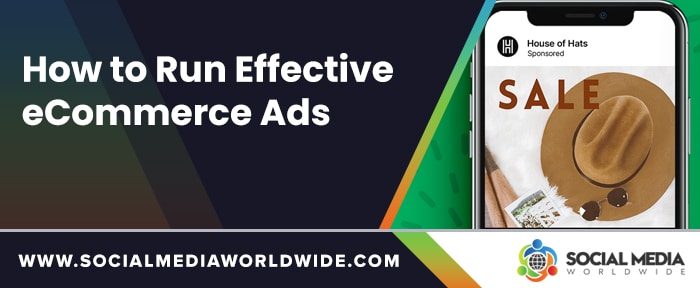
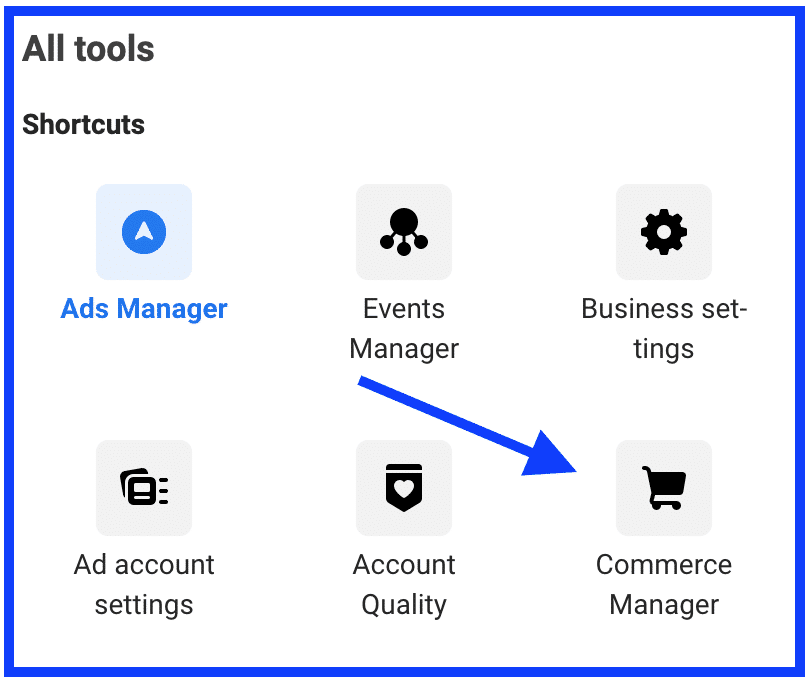
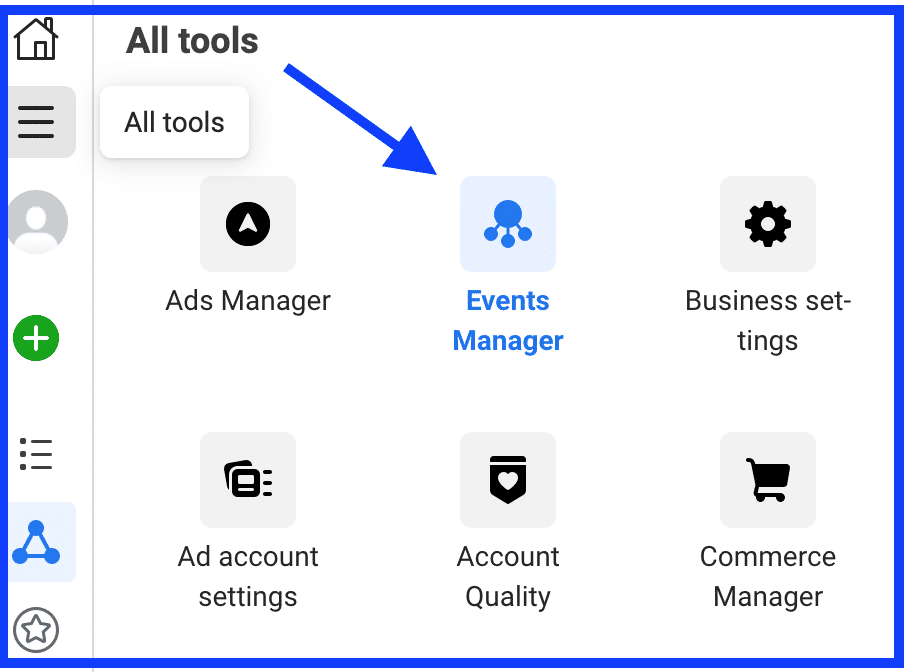
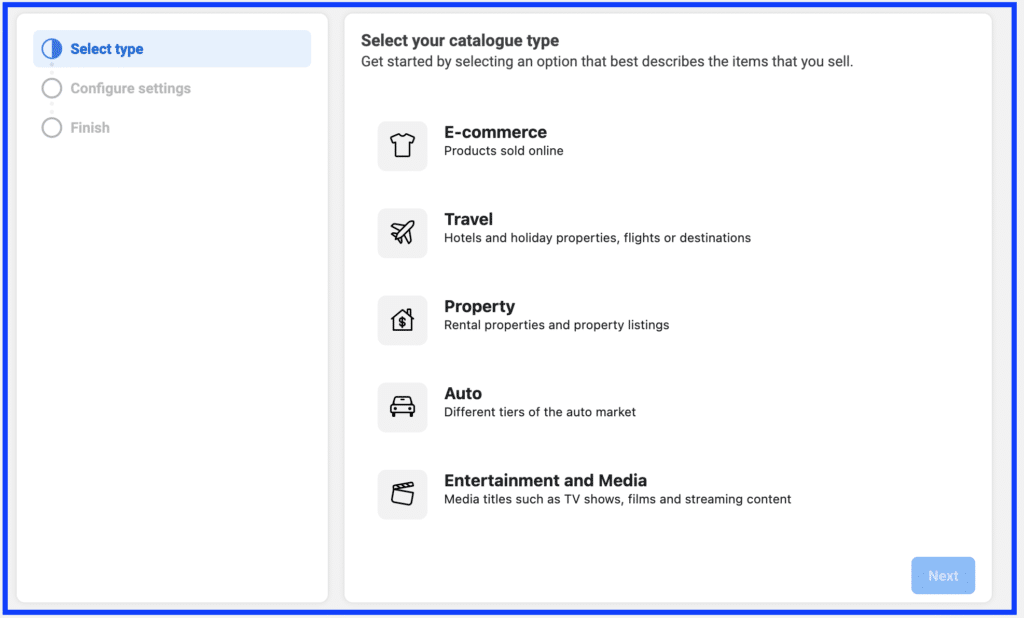
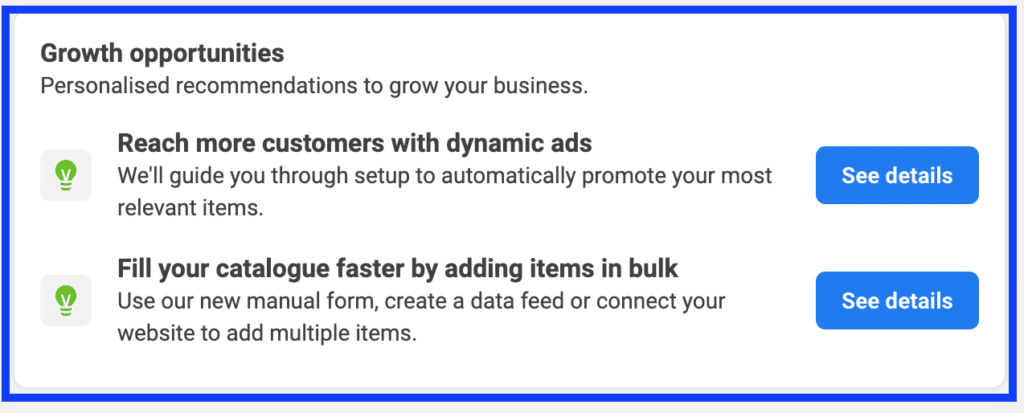
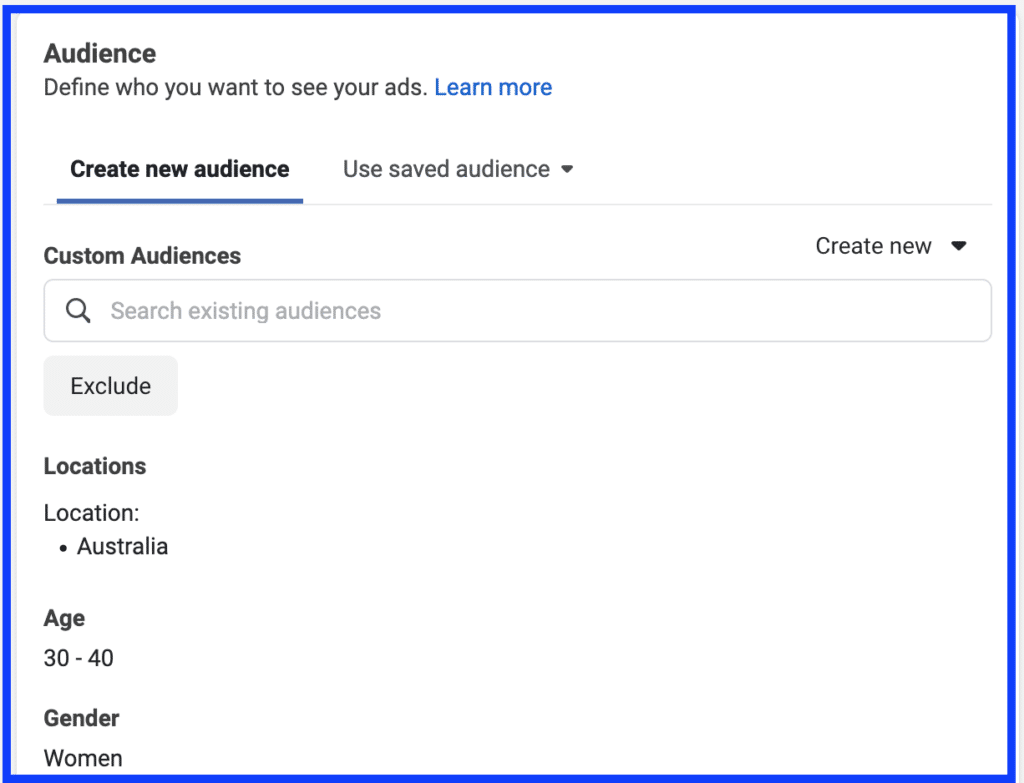
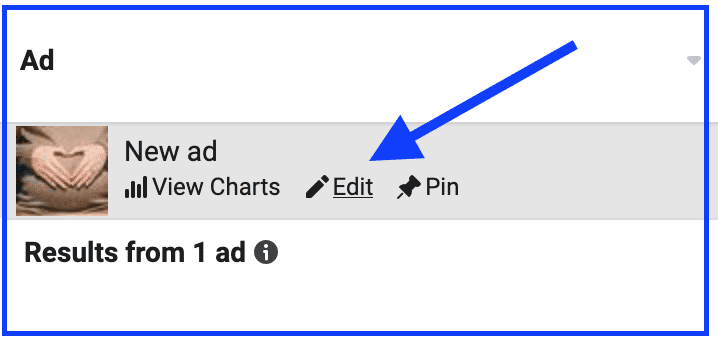


This is actually a nice idea for kids to enjoy and learn. And it is ideal for them at this point for they are more curious about things around them. Visual learning is such a great approach for kids, bet those moms out there would be inspired with this activity.